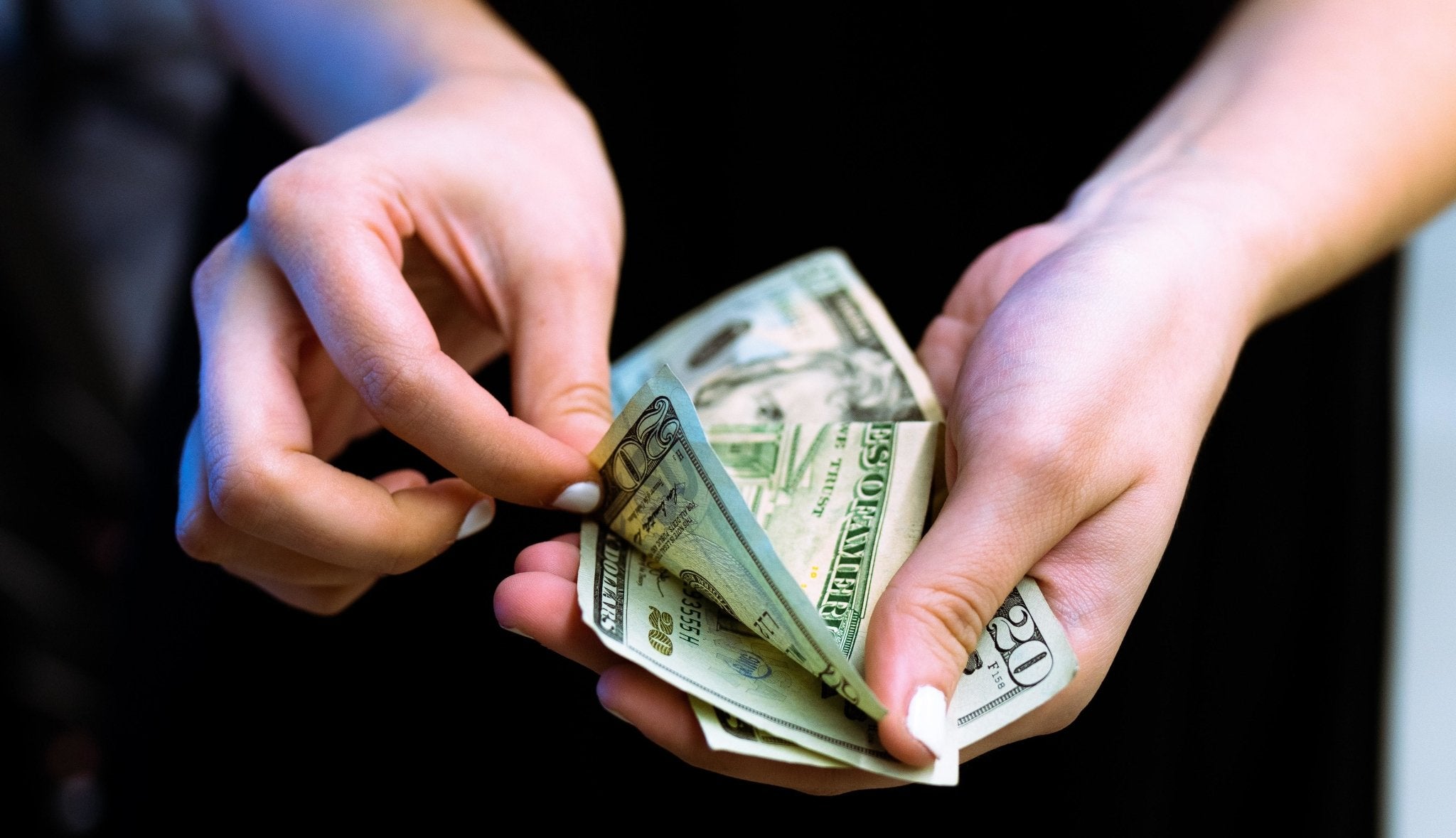
Open Daily 10am - 5pm
12,000sq.ft. of amazing items!
Free and easy parking!

Howdy folks. Mike Rivkin from Antique Galleries of Palm Springs back again for another round. Since last week’s article got down in the weeds with clocks, let’s look at a big-picture subject today: selling at auction.
Not too many years ago, auctions were exclusively geared towards dealers and high-end collectors. Auction houses were relatively few, publicity was limited, and stiff protocols limited the fun. Happily, that world is gone. Auctions today are ubiquitous with literally dozens underway every week around the globe. Thanks to the internet, bidders can click away from virtually anywhere, and every type of product under the sun can now be purchased that way. You probably know all that already. Ebay is of course the 800 lb gorilla of the category and I’ll talk about that platform specifically in another column. Likewise, buying at auction is worthy of a whole column by itself. In the meantime, here are some things to keep in mind if you’re looking to sell at auction.
First of all, there are a number of portals that collect information from all over the world and provide schedules, search functions, and bidding for auctions everywhere. The two I use the most are www.invaluable.com and www.liveauctioneers.com. Both offer staggering lineups of auction houses you’ve almost certainly never heard of. If your artifacts or collections are world-class, it certainly bears approaching Christy’s or Sotheby’s or another premium auctioneer, but those firms are fussy and usually look for objects that are exceptional in their age, condition, rarity, or provenance. Since most of us (myself included) don’t have a houseful of items like that, second- and third-tier auction houses are very viable alternatives that still reach a worldwide market. Look for auction houses with experience in your type of goods. You don’t want an auctioneer specializing in machine tools selling your fine crystal.
With a pared-down list in hand, contact the auction houses of interest and describe what you have. Most will ask that you ship the items to them for evaluation but you should be able to get a rough estimate of value with just photos. Seller commission rates usually start around 15% and decline as the estimated value increases. Note that commissions are negotiable, as are catalog, marketing, and other fees auction houses like to tack on. If your item are of lower value and somewhat pedestrian, you won’t have a lot of negotiating leverage. However, auctioneers will sometimes take consignments with little or even no seller’s commission if they’re confident of a big sale or raft of publicity. Remember that both buyers and sellers pay commissions and auction houses may feel that the benefits of offering marquee products are worth certain concessions. Indeed, auction houses can and will compete for premium items so shop around if that’s what you have.
At some point, the twin topics of pre-sale estimates and reserves will come to the fore. Based on their experience and expertise, auctioneers will come up with an estimate of what think your item will sell for. Usually this will be in the form of a range: say, $3,000 to $5,000. Some auction houses like to low-ball this number so they can gloat about sales that wildly exceed their estimates. If you have a collection of like items you’re looking to sell, an artificially low estimate can be used against you down the road. Estimates usually appear in catalog listings and are there for all time, whereas realized prices tend to get exposure only when the results are favorable. On the other hand, low pre-sale estimates can sometimes spark bidding whereas higher estimates can be discouraging to prospective buyers. Thus, you and the auctioneer need to agree on what kind of pre-sale estimate you can live with.
More important is the reserve. The reserve is the lowest price at which you’re willing to see your item sell. If the auction does not generate bids above your reserve, your item will be “passed” and returned to you, often at some significant cost or penalty. A “no reserve” sales guarantees your item will sell, but it also sets a precedent for future sales of similar items. Here again, if you have a lot of related pieces you’re looking to move, a lower-than-expected auction result will go on record and may affect the enthusiasm of auction houses to offer such items again. Questions of both reserve and pre-sale estimates depend on your circumstances and motivation. There’s often no clear answer so consider both carefully.
Finally, it’s important to remember that auctions are a crapshoot and offer no guarantees. Even the best auctioneers can have off days and be wildly inaccurate in their pre-sale estimates. Nonetheless, a bit of careful homework to determine which auction houses to use and how to configure your consignment will at least provide a measure of comfort that you did what you could to ensure a successful outcome. And you never know!





We’ll email you about the latest events, sales, and general store updates.

Our antique gallery is located just south of downtown Palm Springs, with free parking and air conditioning throughout.
Open Daily: 10am – 5pm
505 E Industrial Pl.
Palm Springs, CA 92264
© Copyright Antique Galleries of Palm Springs 2024